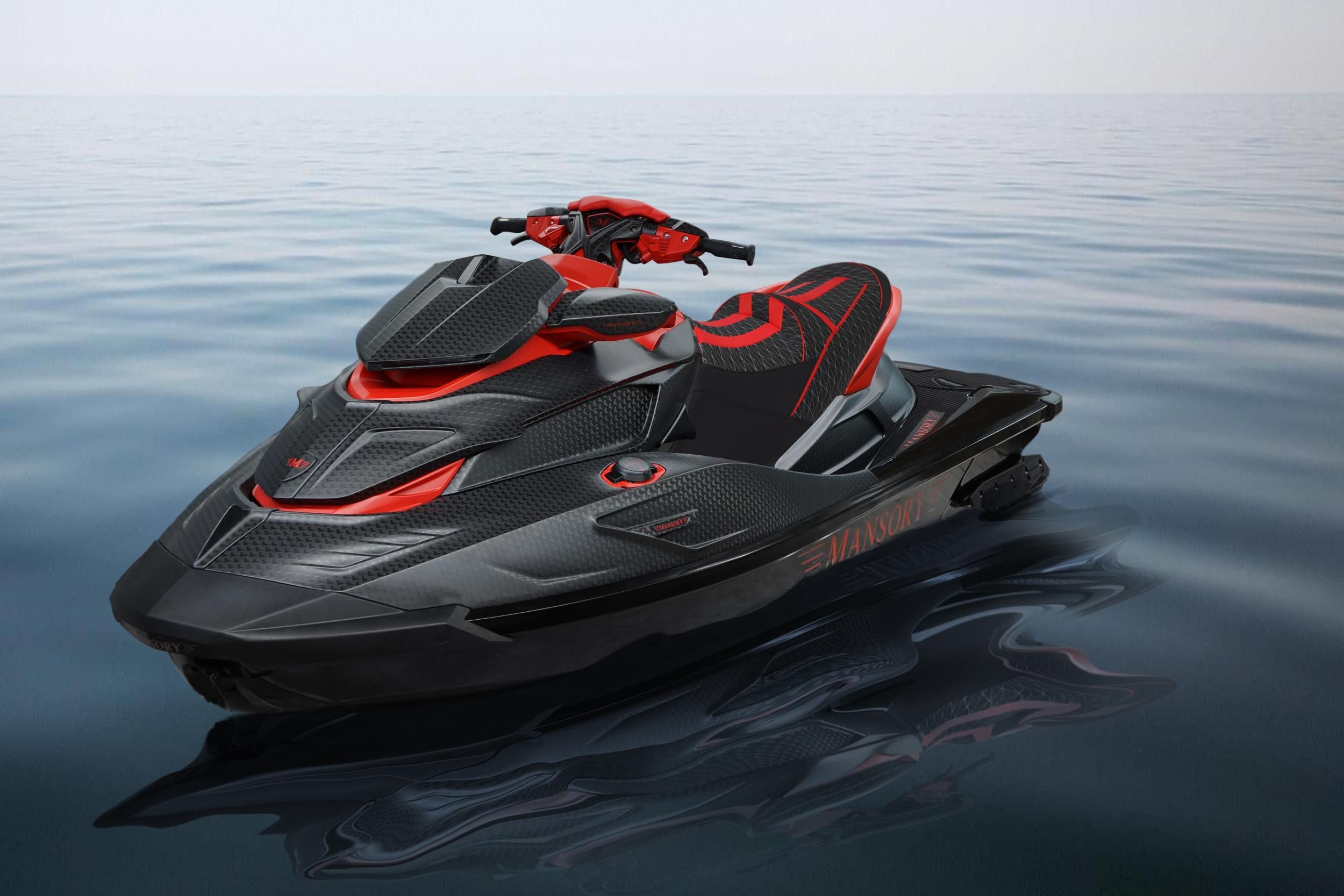
The evolution of personal watercraft: from standing to sitting
The evolution of personal watercraft (PWC) has been a fascinating journey marked by technological advancements, design innovations, and changing consumer preferences. From the first standing models to the modern sitting chairs we see today, this evolution reflects the continuous search for improved performance, comfort and versatility. Let's look at the key stages of this evolution and the factors that have shaped the PWC industry over the years.
1. The emergence of stand-up models:
- The origins of personal watercraft can be traced back to the 1960s and 1970s, when stand-alone models such as the Kawasaki personal watercraft and Yamaha SuperJet were introduced.
- These early PwCs were designed to allow a single rider to stand upright while maneuvering in the water, providing a thrilling and maneuverable experience.
2. Transition to seated models:
- As the popularity of personal watercraft grew, manufacturers began exploring sit-on designs to appeal to a wider range of consumers.
- The introduction of sit-on models like the Sea-Doo SP in the late 1980s marked a significant shift in the industry, offering drivers greater stability, comfort and versatility.
3. Advances in design and technology:
{thirty}4. Diversification of product offerings:
- Today, the PWC market offers a wide range of models to suit different preferences and riding styles, from high-performance muscle trainers to family-friendly models.
- Manufacturers continue to innovate with features like adjustable seats, modular storage solutions and advanced on-board technologies to enhance the riding experience.
5. Environmental considerations and regulations:
- Environmental concerns and regulatory pressures have also influenced the evolution of personal watercraft, leading to the development of cleaner, more fuel-efficient engines.
- Manufacturers have invested in clean technologies such as four-stroke engines, catalytic converters and closed-loop cooling systems to reduce emissions and minimize environmental impact.
6. Using electric propulsion:
- Looking to the future, electric propulsion is emerging as a promising alternative to personal watercraft, offering quiet operation, zero emissions and low maintenance requirements.
- Companies such as Nikola Corporation and Taiga Motors are pioneers in developing electric PWCs with innovative designs and sustainable performance.
In conclusion, the evolution of personal watercraft from stand-up to sit-on models represents a remarkable path of innovation, adaptation and progress. As technology continues to evolve and consumer preferences change, the PWC industry is poised to embrace new opportunities and challenges, shaping the future of recreational watercraft for generations to come.






